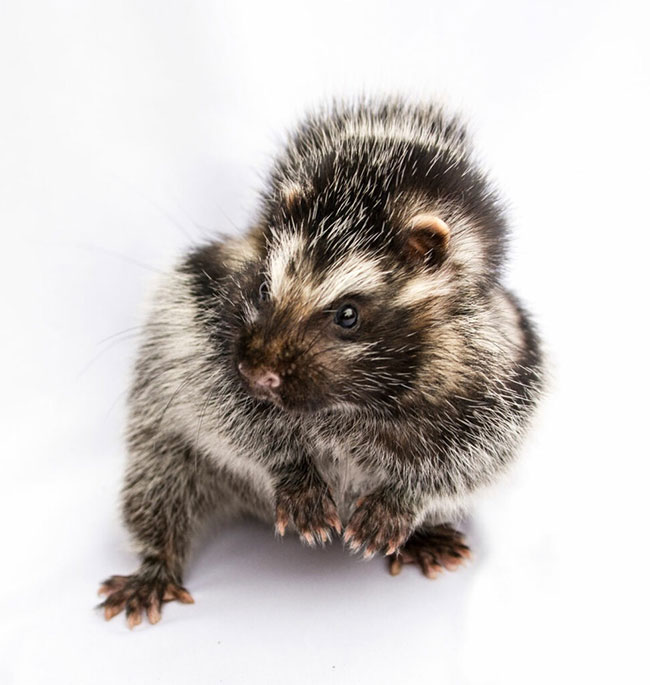There is a species of African rat that gnaws on toxic plants to turn itself into a poison against predators.
The Brush-tailed Rat (Lophiomys imhausi) in Eastern Africa, a small rodent, is the only known mammal that uses toxic plants for self-defense.
This long-haired East African rat, with its bushy tail, resembles a hybrid between a skunk and a hedgehog. However, it does not spray any foul-smelling chemicals, nor are its quills sharp enough to pierce the skin of a hungry predator.

This species uses toxic plants for self-defense.
To protect itself, this brave rodent has been known to consume a type of toxic plant that local hunters have used for centuries to create poisoned arrows. The rat does not eat the plant but gnaws on the bark of the toxic tree and then rubs the poison from the bark onto its fur, creating a chemical armor against hyenas, wild dogs, and any other predators that might attack this rodent.
According to a new study published in the Journal of Mammalogy, just a few milligrams of the toxin found on the rat’s fur is enough to kill a human or incapacitate an elephant. Therefore, this rat species is referred to as the “most poisonous rodent in the world.”
There are some mammals that possess venom, such as the male platypus or the short-tailed shrew. However, the Brush-tailed Rat (Lophiomys imhausi) is the only mammal known to protect itself using toxins from external sources. Specifically, it extracts toxins from Acokanthera schimperi, also known as the “poison arrow plant,” to apply to its fur. This is also how hunters use sap from the plant’s leaves to create their arrows.
This behavior has been known among local people for some time, but it was only recently that researchers led by Sara Weinstein—a postdoctoral fellow at the University of Utah and the Smithsonian Institution—officially documented the poisonous fur of the East African Brush-tailed Rat.
Weinstein and her colleagues recorded the behavior of 25 brush-tailed rats over more than 1,000 hours using motion-activated cameras. They observed that about 10 of the rats chewed on the bark of the poison arrow plant and applied it to their fur. This behavior appeared intentional, as the rodents seemed to understand that the bark of the poison arrow plant protects them.


















































